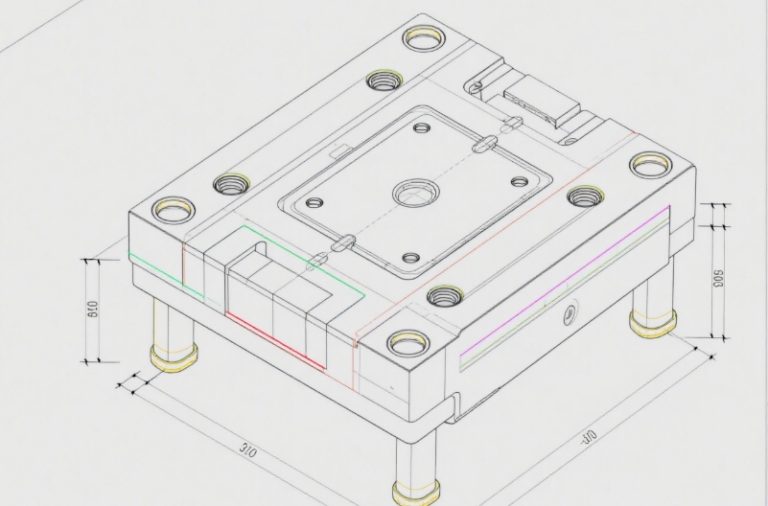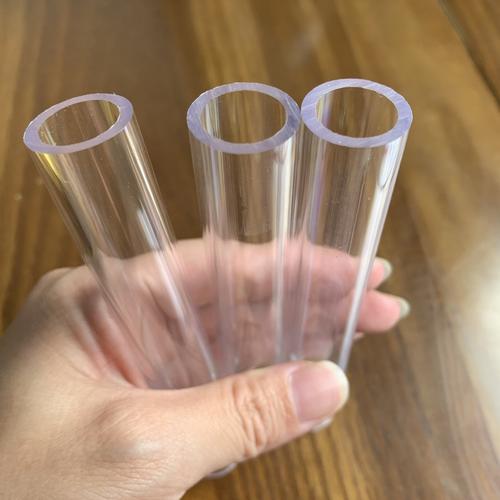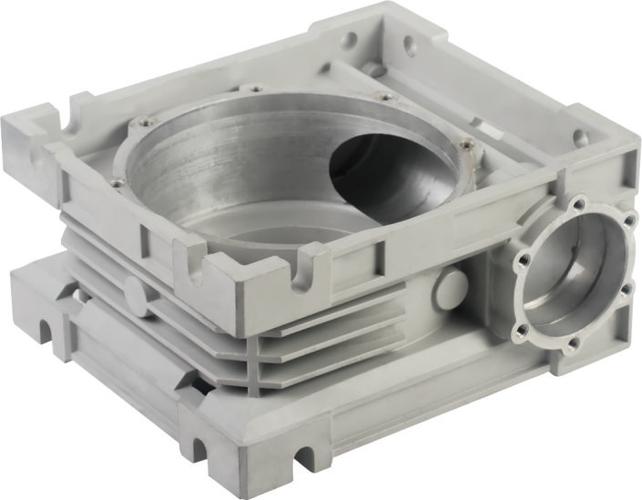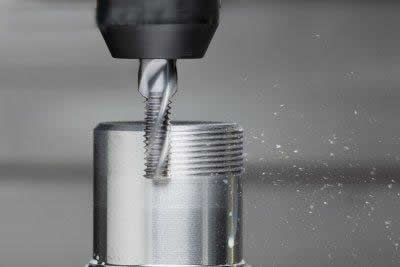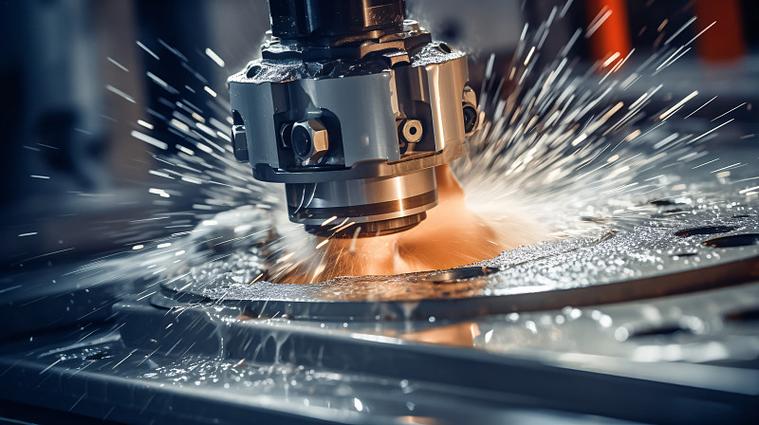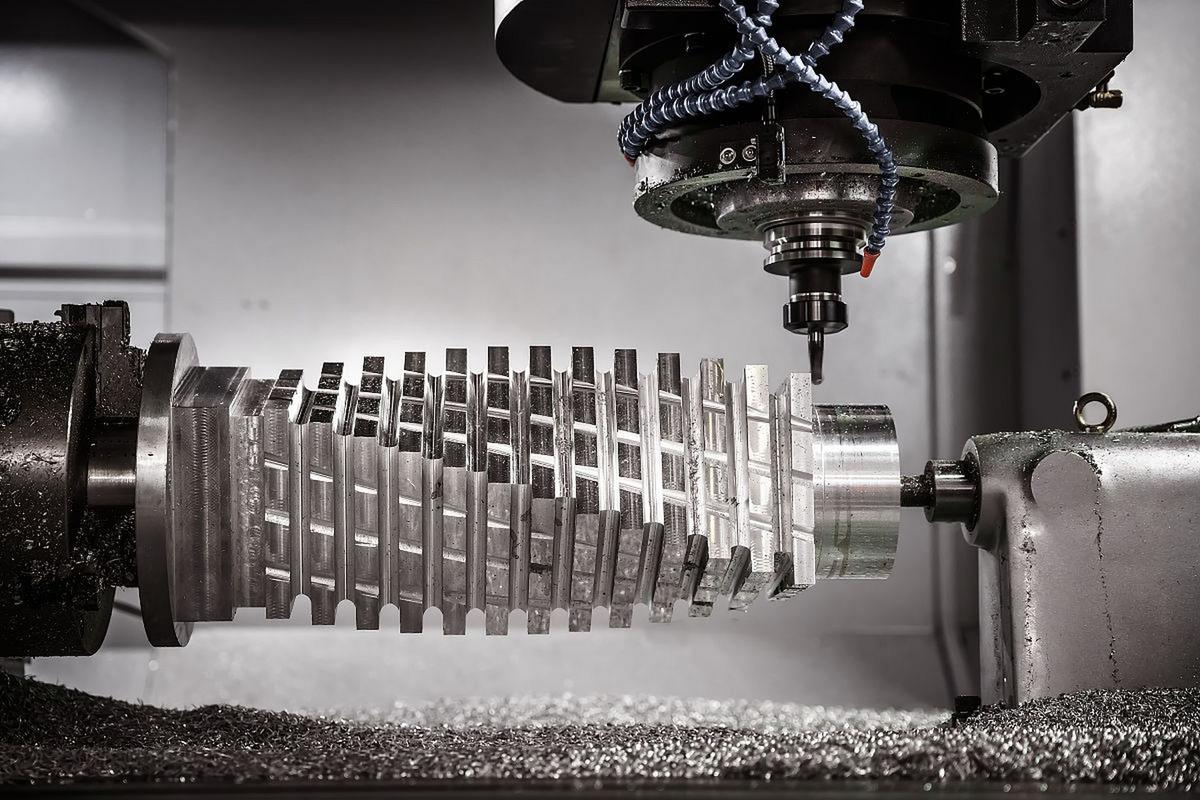
Answer:
The metal milling process involves using a rotating milling cutter to cut metal workpieces. The milling cutter rotates at a high speed to provide the cutting power, and the workpiece is fed linearly or curvilinearly through the worktable. It can machine various structures such as planes, grooves, steps, and complex contours. According to the processing requirements, different types of milling cutters are selected, and by adjusting parameters such as cutting speed and feed rate, the metal material is removed to meet the design requirements of the parts.
Knowledge Extension:
I. Basic Principles and Motion Modes of Milling
Metal milling achieves material removal based on the relative motion between the tool and the workpiece. The milling cutter rotates at a high speed around its own axis, forming the main cutting motion. Its rotational speed usually ranges from several hundred to several thousand revolutions per minute. The rotational speed directly affects the cutting heat and tool wear. At the same time, driven by the worktable, the workpiece realizes the feed motion along the X, Y, Z axes or multi – axis linkage. Through different combinations of motions, various machining tasks such as planar milling, contour milling, and cavity milling can be completed. For example, during planar milling, the workpiece is fed linearly along the X – axis or Y – axis, and the milling cutter rotates to cut and remove the material on the workpiece surface. When processing a complex – surface mold, five – axis linkage technology is required to make the workpiece and the milling cutter move cooperatively in multiple directions to conform to the surface contour for cutting.
II. Types and Application Characteristics of Milling Cutters
There are a wide variety of milling cutters, and different types of cutters are suitable for specific processing scenarios. Face – milling cutters are often used for planar machining. They have cutting edges on both the end face and the circumference. Multiple teeth participate in cutting simultaneously, resulting in high processing efficiency and good surface quality. They can be used for both rough and finish milling of planes. End – milling cutters are mainly used to machine grooves, steps, two – dimensional contours, etc. The cutting edges on the cylindrical surface can perform side milling, and the end edge can perform vertical feed cutting. However, end – milling cutters have relatively weak axial cutting ability. Ball – nose end – milling cutters are key tools for surface machining. Their spherical cutter heads can achieve point – contact cutting in three – dimensional space and are often used for the finish machining of complex surfaces of molds and aerospace parts, enabling precise control of surface curvature. In addition, there are formed milling cutters, such as T – slot milling cutters and dovetail – slot milling cutters, which are specifically used to machine grooves or contours of specific shapes. The shape of the cutter strictly matches the processing feature, and the feature can be formed in one pass.
III. Precise Regulation of Milling Process Parameters
During the milling process, the reasonable selection of process parameters directly affects processing quality and efficiency. The cutting speed refers to the linear speed of a point on the cutting edge of the milling cutter, which is related to the diameter and rotational speed of the milling cutter. For high – hardness alloy steel, the cutting speed is generally controlled at 30 – 60m/min to reduce tool wear. When processing aluminum alloys, it can be appropriately increased to 150 – 300m/min to improve processing efficiency. The feed rate is divided into feed per tooth and feed per minute. The feed per tooth determines the cutting load of each tooth. During rough machining, it can be set at 0.1 – 0.3mm/z, and during finish machining, it is reduced to 0.02 – 0.1mm/z to ensure surface roughness. The cutting depth is determined according to the machining allowance and process requirements. During rough milling, it can reach 3 – 5mm, and during finish milling, it is usually 0.5 – 1mm. In addition, the milling methods are divided into climb milling and conventional milling. In climb milling, the cutting direction of the tool is the same as the feed direction of the workpiece. The cutting force is small, and the surface quality is good, but the machine tool needs to have a function to eliminate the clearance of the lead – screw nut. Conventional milling is the opposite and is suitable for processing the rough surface of workpieces.
IV. Quality Control and Special Processes in Milling
Ensuring the quality of milling processing requires considering multiple factors. The wear state of the tool has a significant impact on processing accuracy and surface quality. When the tool wears to a certain extent, problems such as increased cutting force and deteriorated surface roughness will occur, and the tool needs to be replaced in a timely manner. At the same time, the clamping rigidity of the workpiece is also crucial. For easily – deformed workpieces such as thin – walled parts, special fixtures or additional support points are required to reduce clamping deformation and cutting vibration. In terms of special processes, high – speed milling technology can significantly improve processing efficiency by increasing the cutting speed and feed rate. At the same time, it reduces the cutting force and workpiece deformation, and is often used for the processing of molds and precision parts. Five – axis linkage milling breaks through the limitations of traditional three – axis machining, enabling the one – step forming of complex surfaces, reducing the number of clamping times, and improving processing accuracy and surface quality. However, it has extremely high requirements for programming technology and machine – tool performance.
If you want to know more about the application of metal milling in a specific field or have further questions about process details, feel free to let me know.

